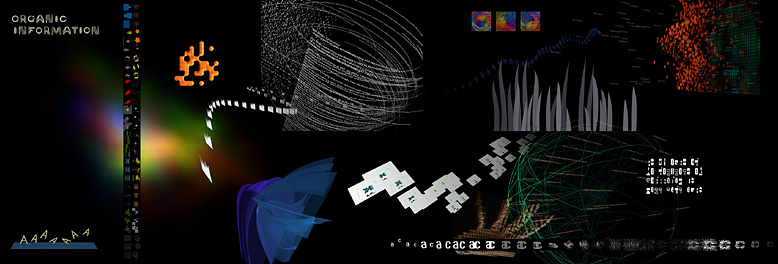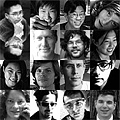
|
The computer is a multi-dimensional canvas, manifested as projected light or a printed surface, over which we can exercise complete expressive control in one of two ways. First, through some direct physical means, such as hand-to-mouse, where there is a one-to-one correspondence between our gestures and change on the canvas. This approach is closest to the traditional process of visual expression -- applying pigment to paper through physical interaction with the medium -- and is thus the most natural of means. On the other hand, there is the decidedly non-physical means of expression called computation, where a computer program, defined by a programmer-artist, explicitly instructs the canvas on where and how to apply virtual pigments to itself. The artist makes no physical contact with the medium, aside from the process of inscribing the program instructions onto the computer. In order to address these issues, the MIT Media Laboratory's Aesthetics and Computation Group (ACG) was founded in 1996 by John Maeda with Chloe Chao, Peter Cho, Matthew Grenby, Reed Kram, Douglas Soo, Jared Schiffman, and Tom White. The goal of ACG has always been to provide a place where we no longer make a distinction between art / design and engineering / technology. These students can create in both modes simultaneously. The work on display represents a sample of work created by current ACG members and alumni, together with a display of three years of course development in a hybrid visual arts / computer science curriculum that is an ongoing development, and finally the recently released, web-based Design by Numbers project which introduces the ideas of computer programming in a language designed to engage one's visual senses. Also, on display in the basement gallery are a set of printworks created before I joined MIT which represent the basic ideas expressed in Design by Numbers as well as work in general by the Aesthetics and Computation program. I would like to especially thank Intel for providing the computers used in this exhibit and the sponsors of the MIT Media Lab for continually supporting our work. John Maeda / 6 May 1999 |






